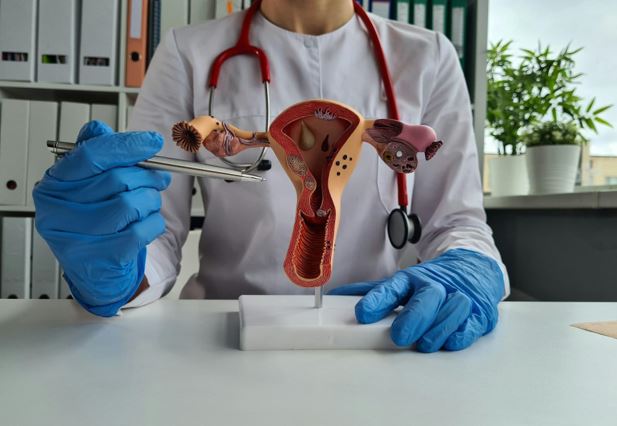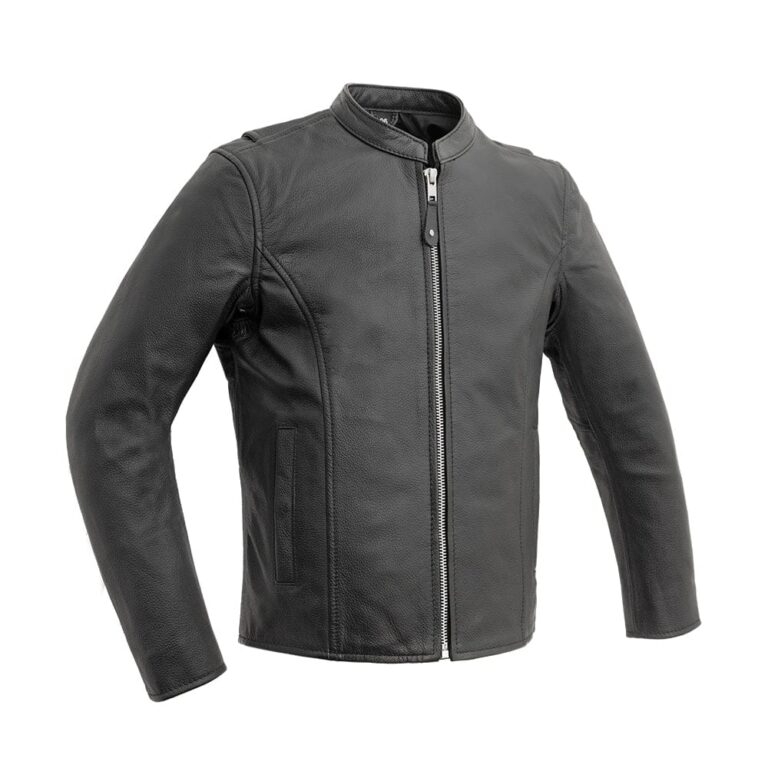Fillet Vs Chamfer In 3d Printing: Similarities And Differences
When it comes to 3D printing, designers and engineers often encounter the challenge of choosing between filaments and chamfers. These two features of parts contribute greatly to part performance and appearance, but they are in different capacities. Knowledge of when to use fillet and when to use chamfer can allow for improving the strength of a 3D-printed object as well as its functionality. For further information about product design and prototyping make sure you check out Paraform.
Understanding Fillets and Chamfers
In 3D printing, a fillet refers to a rounded edge or curve that is added to soften sharp corners or transitions between surfaces. This feature not only enhances the aesthetic appeal of the printed part but also improves structural integrity by distributing stress across a wider area, which reduces the likelihood of fractures. Fillets are commonly used in mechanical components that need smooth transitions or that are prone to wear and tear, helping to minimise sharp edges and create more fluid designs.
A chamfer, on the other hand, is a straight-edged transition normally at 45 degrees that removes a sharp edge. Chamfers are applied for easy and smooth assembling, for reducing the probable sharp edges that could lead to cutting the assembling persons, for enhancing the mechanical interferences of the parts, or for making those parts smooth. In certain cases, a chamfer may also enhance the visual appearance of a printed part by giving it a sleek, geometric look. While fillets are rounded, chamfers present a more angular appearance, making them ideal for parts where a defined edge is needed.
Key Similarities and Differences
Both fillets and chamfers serve to eliminate sharp edges, but they do so in distinct ways. Their shared goal is to improve the functionality and longevity of a 3D-printed component. They also aid in the printing process by preventing stress concentration points, which can lead to cracks or weak spots in the final product.
However, the main difference between the two lies in their geometry. Fillets smooth out edges, providing a more organic, flowing design. This makes them ideal for parts subjected to bending or twisting forces, where a smoother edge is necessary to prevent stress buildup. Chamfers, being straight cuts, are more suited for components that need a precise fit or where assembly requires ease of alignment. Additionally, chamfers can be easier to print, especially with certain materials that might struggle with the curved geometry of a fillet.
Another difference arises during post-processing. Filleted edges often require more time to refine and may demand extra support during printing due to their curved nature. In contrast, chamfered edges are typically more straightforward and quicker to finish.
Conclusion
In the world of 3D printing, both fillets and chamfers serve essential roles in enhancing the quality and durability of printed components. While they share similarities in eliminating sharp edges and reducing stress points, their differences in shape and application dictate where they are best used. Fillets offer a rounded, smoother edge ideal for stress distribution, while chamfers provide a sharp, clean-cut transition that simplifies assembly and improves aesthetics. Understanding when to use each can significantly improve the performance and appearance of your 3D-printed designs.




